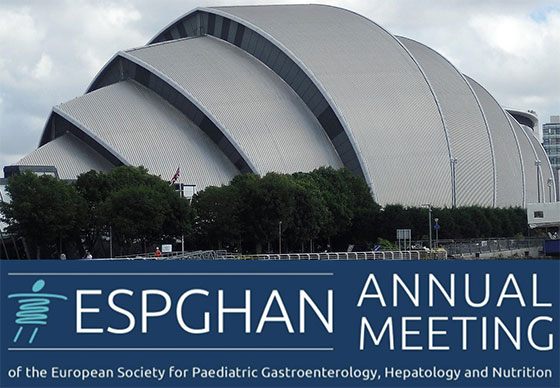 |
What are HMOs and what do they do?
Human milk oligosaccharides (HMOs) are a hot topic in infant feeding. Research suggests that the reduced rate of infection and the more robust immune system of babies fed breast milk rather than infant formula may be due, in part, to HMOs.1-4
SMA® Nutrition has produced a handy guide to the unique role in breast milk of these complex carbohydrates, including the promising findings from a landmark trial of infant formula supplemented with HMOs.5
|
|
 |
|
 |
 |
 |
|
 |
 |
 |
The introduction of New SMA® Advanced formulas: The 1st formula range in UK & Ireland with HMOs
SMA® Nutrition, pioneers of research into HMOs for 30 years, has introduced the SMA® ADVANCED range to the UK and Ireland: first infant milk for babies 0–6 months, follow-on milk for those 6-12 months and growing up milk for older babies from 12–36 months. All three contain two HMOs* (2’FL and LNnT) not sourced from but structurally identical to those in breast milk, as well as 100% partially hydrolysed whey protein that is easier to digest.
A study of an infant formula with the 2 HMOs* added found that it is safe and well-tolerated, and supports age-appropriate growth.5 In secondary outcomes there were significantly fewer lower respiratory tract infections, less bronchitis and fewer antibiotic prescriptions in HMO-formula infants compared with control.
|
|
 |
|
 |
 |
 |
 |
®Registered Trademark.
IMPORTANT NOTICE: The World Health Organisation (WHO) has recommended that pregnant women and new mothers be informed on the benefits and superiority of breastfeeding – in particular the fact that it provides the best nutrition and protection from illness for babies. Mothers should be given guidance on the preparation for, and maintenance of, lactation, with special emphasis on the importance of a well-balanced diet both during pregnancy and after delivery. Unnecessary introduction of partial bottle-feeding or other foods and drinks should be discouraged since it will have a negative effect on breastfeeding. Similarly, mothers should be warned of the difficulty of reversing a decision not to breastfeed. Before advising a mother to use an infant formula, she should be advised of the social and financial implications of her decision: for example, if a baby is exclusively bottle-fed, more than one can (400 g) per week will be needed, so the family circumstances and costs should be kept in mind. Mothers should be reminded that breast milk is not only the best, but also the most economical food for babies. If a decision to use an infant formula is taken, it is important to give instructions on correct preparation methods, emphasising that unboiled water, unsterilised bottles or incorrect dilution can all lead to illness. SMA® ADVANCED Follow-on Milk is only suitable for babies over 6 months as part of a mixed diet. It should not be used as a substitute for breast milk during the first 6 months of life. The decision to start weaning or to use this product before 6 months, should be made only on the advice of a doctor, midwife, health visitor, public health nurse, dietitian or pharmacist, based on baby’s individual needs. SMA® ADVANDED Growing Up Milk is suitable for young children from the 12th month, as part of a healthy balanced diet and it is not a breast milk substitute.
References
1. Kunz C. Historical aspects of human milk oligosaccharides. Adv Nutr 2012; 3(3): 430S–9S.
2. Bode L. Human milk oligosaccharides: every baby needs a sugar mama. Glycobiology 2012; 22(9): 1147–62.
3. Jantscher-Krenn E, Bode L. Human milk oligosaccharides and their potential benefits for the breast-fed neonate. Minerva Pediatr 2012; 64(1): 83–99.
4. Smilowitz JT, Lebrilla CB, Mills DA, et al. Breast milk oligosaccharides: structure-function relationships in the neonate. Annu Rev Nutr 2014; 34: 143–69.
5. Puccio G, Alliet P, Cajozzo C, et al. Effects of infant formula with human milk oligosaccharides on growth and morbidity: A randomized multicenter trial. J Pediatr Gastroenterol Nutr 2017; 64: 624–31.
To ensure future mailings from SMA® Professional reach your mailbox, add smaprofessional@smaprofessional.msgfocus.com to your safe sender list.
Contact SMA® Nutrition | Terms & conditions
This email is intended for residents of the UK
Unsubscribe
ZTC4530/06/19
|
 |
 |
|




